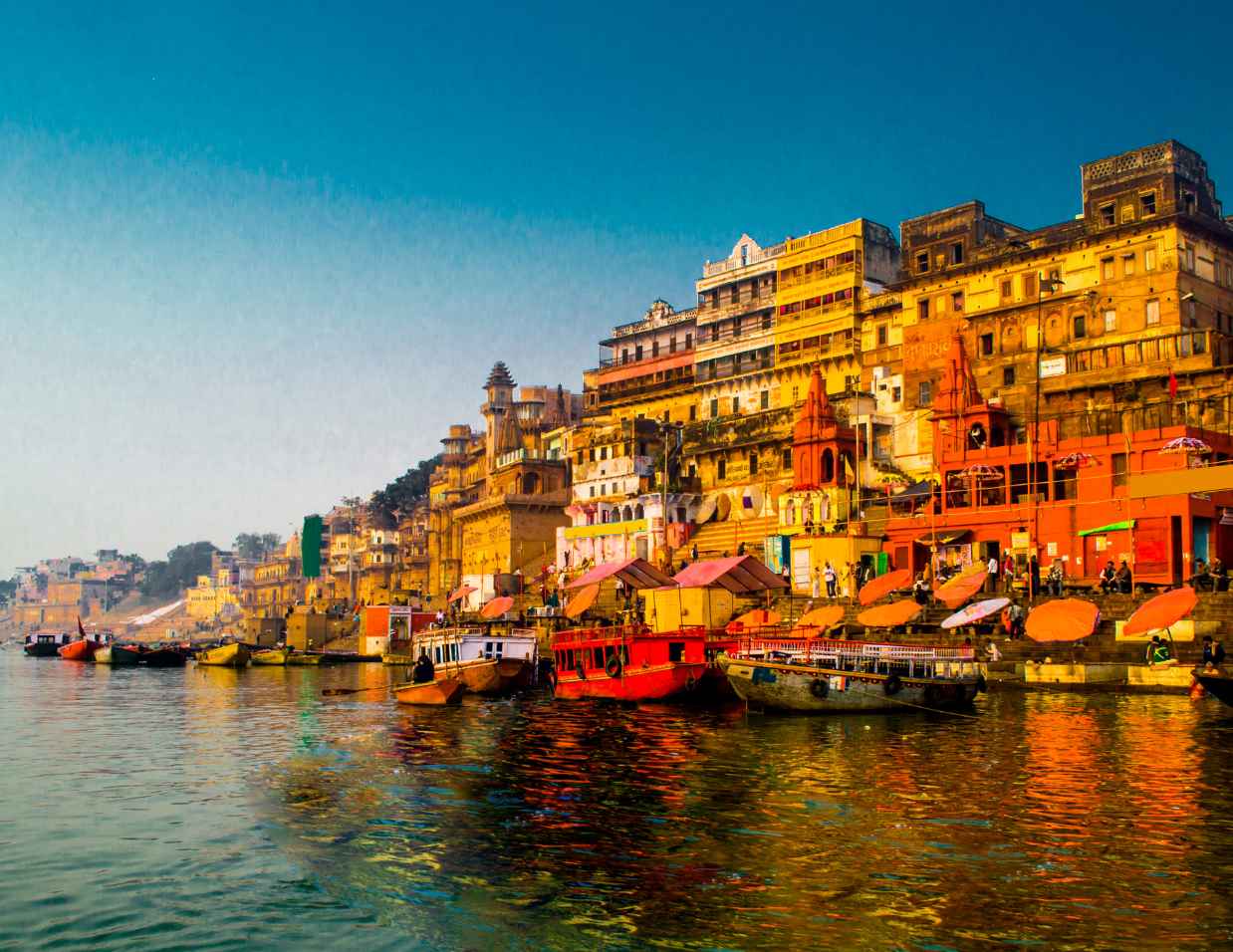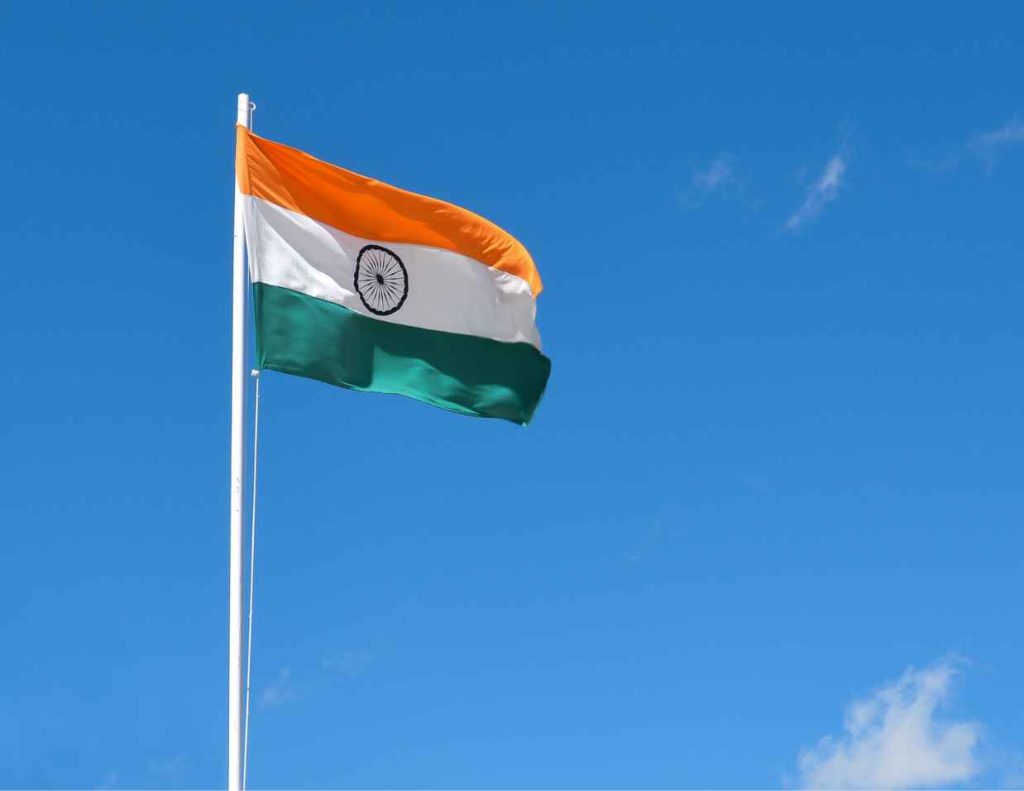Bharat (“bhā-rat”)

“Bharat” is the official Sanskrit name of India, deriving from the ancient Hindu scriptures. Its origins trace back to ancient Indian texts and mythology, specifically the Puranas and the epic Mahabharata. The name “Bharat” originated from King Bharata, a legendary emperor of ancient India. Two prominent figures named Bharata are in Indian texts, and the country’s derives its name from both.
As per the Mahabharata and the Puranas, King Bharata was a powerful and wise ruler. He was the son of King Dushyanta and Shakuntala and he established the Bharata dynasty. Under his reign, the region prospered and united, which led to it being known as “Bharatvarsha”.
In Jain texts, there’s another king named Bharata, the son of the first Jain Tirthankara, Rishabha. This Bharata conquered the whole Indian subcontinent and ruled efficiently. Thus, the region got the name “Bharat” after him.
The term “India” comes from “Indus,” the name of a river, which in turn comes from the Old Persian word “Hindu.” The Greeks adapted this into “Indos,” and eventually, the term “India” came into being. During British colonial rule, the name “India” found use in official and international contexts, influencing its adoption in English and globally.
Interestingly, the freedom movement was largely under the banner of “India.” The terms “Indian National Congress,” “Indian independence movement,” and “Partition of India,” among others, were part of this historical legacy. The government under Nehru should have made Bharat the official name when India won independence. Unfortunately, the name India was more prevalent, especially amongst the so-called educated classes.
After gaining independence, both names were included when the Constitution was written. The first article of the Constitution of India states, “India that is Bharat shall be a Union of States.” There should have been no need to add the word India to the Constitution.
In recent years, the Sanskrit name has been associated with various campaigns promoting self-reliance, indigenous development, and national unity. Using “Bharat” serves to emphasize these values and aspirations. The Modi government has stressed self-reliance and indigenous development, and has used names like ‘Aatmanirbhar Bharat’ and ‘Swachcha Bharat’. Using the Sanskrit name serves to emphasize these values and aspirations. As the nation continues to grow as a significant player on the global stage, using “Bharat” might offer a unique and distinctive identity that differentiates it from other nations and underscores its unique cultural legacy.
We must promote the name Bharat on a larger scale if it has to replace the English name. We must educate students about the significance of the name “Bharat” in the country’s historical and cultural context. This effort could involve revisions to the curriculum, focusing on the cultural heritage and the origin of the name in history lessons.
Using “Bharat” in media, films, literature, and popular culture would go a long way in establishing its use. Positive and frequent representation in these mediums can help normalize the usage of “Bharat.”
The government should increase the use of “Bharat” in official government communication, schemes, and programs. It could involve naming new initiatives with the name or promoting its usage in speeches and public addresses by political leaders. We must encourage using “Bharat” in international forums and diplomatic communications. While this is a longer-term strategy, it could help promote the name globally.
